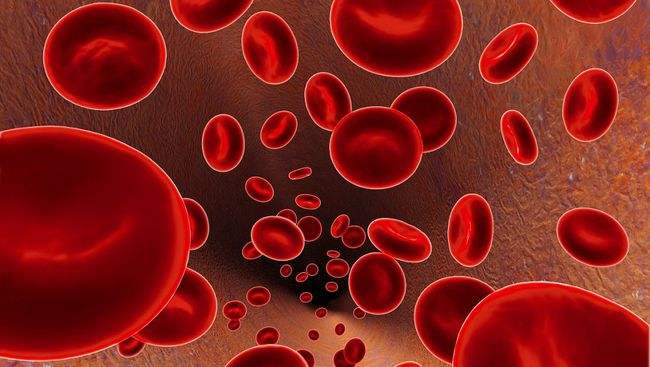Why can serum tubes also be used to detect D-dimer content? There will be fibrin clot formation in the serum tube, will it not be degraded into D-dimer? If it does not degrade, why is there a significant increase in D-dimer when blood clots are formed in the anticoagulation tube due to poor blood sampling for coagulation tests?
First of all, poor blood collection can lead to vascular endothelial damage, and the release of subendothelial tissue factor and tissue-type plasminogen activator (tPA) into the blood. On the one hand, tissue factor activates the exogenous coagulation pathway to generate fibrin clots. This process is very fast. Just look at the prothrombin time (PT) to know, which is generally about 10 seconds. On the other hand, after fibrin is formed, it acts as a cofactor to increase the activity of tPA by 100 times, and after tPA is attached to the surface of fibrin, it will no longer be easily inhibited by plasminogen activation inhibitor-1 (PAI-1). Therefore, plasminogen can be rapidly and continuously converted into plasmin, and then fibrin can be degraded, and a large amount of FDP and D-Dimer can be produced. This is the reason why blood clot formation in vitro and fibrin degradation products are significantly increased due to poor blood sampling.

Then, why the normal collection of serum tube (without additives or with coagulant) specimens also formed fibrin clots in vitro, but did not degrade to generate a large amount of FDP and D-dimer? This depends on the serum tube. What happened after the specimen was collected: First, there is no large amount of tPA entering the blood; second, even if a small amount of tPA enters the blood, the free tPA will be bound by PAI-1 and lose its activity in about 5 minutes before it attaches to the fibrin. At this time, there is often no fibrin formation in the serum tube without additives or with coagulant. It takes more than ten minutes for blood without additives to coagulate naturally, while blood with coagulant (usually silicon powder) starts internally. It also takes more than 5 minutes to form fibrin from the blood coagulation pathway. In addition, the fibrinolytic activity at room temperature in vitro will also be affected.
Let’s talk about the thromboelastogram again along this topic: you can understand that the blood clot in the serum tube is not easily degraded, and you can understand why the thromboelastogram test (TEG) is not sensitive to reflect hyperfibrinolysis-both situations It is similar, of course, the temperature during the TEG test can be maintained at 37 degrees. If TEG is more sensitive to reflect the fibrinolysis status, one way is to add tPA in the in vitro TEG experiment, but there are still standardization problems and there is no universal application; in addition, it can be measured at the bedside immediately after sampling, but the actual effect is also very limited. A traditional and more effective test for evaluating fibrinolytic activity is the dissolution time of euglobulin. The reason for its sensitivity is higher than that of TEG. In the test, the anti-plasmin is removed by adjusting the pH value and centrifugation, but the test consumes It takes a long time and is relatively rough, and it is rarely carried out in laboratories.


 Business card
Business card Chinese WeChat
Chinese WeChat English WeChat
English WeChat